The aircraft for today is a fighter aircraft from the World War II-era which served mainly the American Air Force at that time along with many Allied nations. The name of this aircraft is Curtiss P-40 Warhawk which was a single-engine and a single-seat and an all-metal fighter developed or ground attack missions. The first prototype of this aircraft took its first flight back in 1938 and entered the service shortly after that.
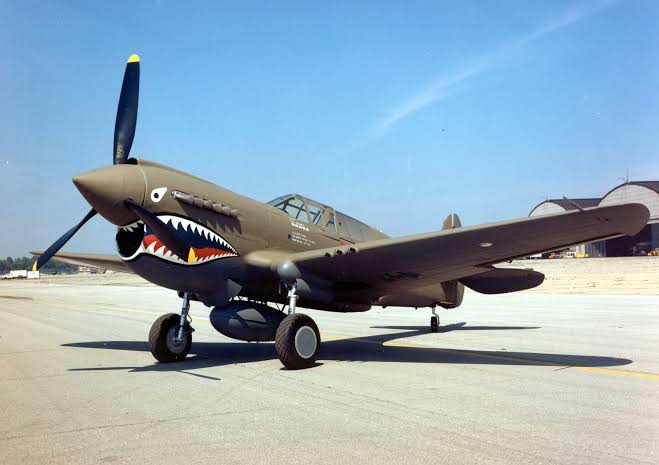
The Curtiss P-40 Warhawk was redesigned and modifications were carried out on the design of Curtis P-36 hawk which marginally reduced the time span of development as well as offered fast service availability. The aircraft remained within the war till the very end. The aircraft holds the title for being the third most mass-produced fighter aircraft of World War II. The others to supersede its title for mass-production are the P-51 and P-47. The aircraft’s production ceased back in 1944 and by that time already 13787 of these Curtiss P-40 Warhawk aircraft had been built. The only manufacturing company for this aircraft was the Curtiss-Wright Corporation which produced the aircraft at their facilities located in buffalo, New York.
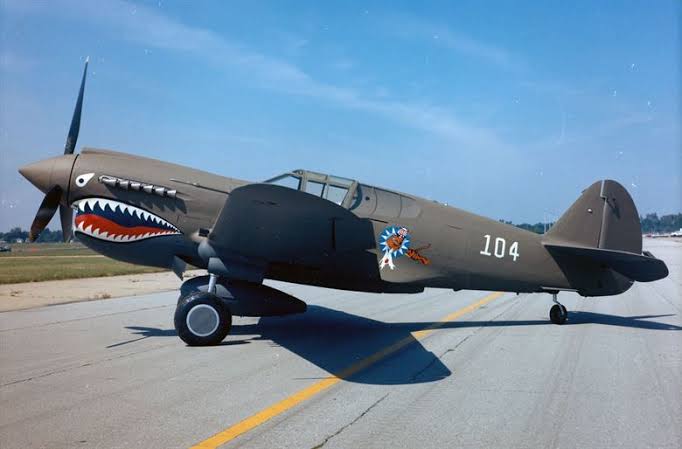
Models of the Curtiss P-40 Warhawk used by Britain and the Soviet Union were named Tomahawk and Kittyhawk respectively. The very first combat action seen by the Curtiss P-40 Warhawk was for the RAF in the Middle East for the Desert Ari Force squadron of RAF.
The aircraft lacked the two-speed Supercharger which made it slightly inferior coma pored to the Luftwaffe’s fleet of fighters like Focke-Wulf Fw 190 and the Messerschmitt Bf 109 and was rarely used in the campaigns of Northwest Europe.
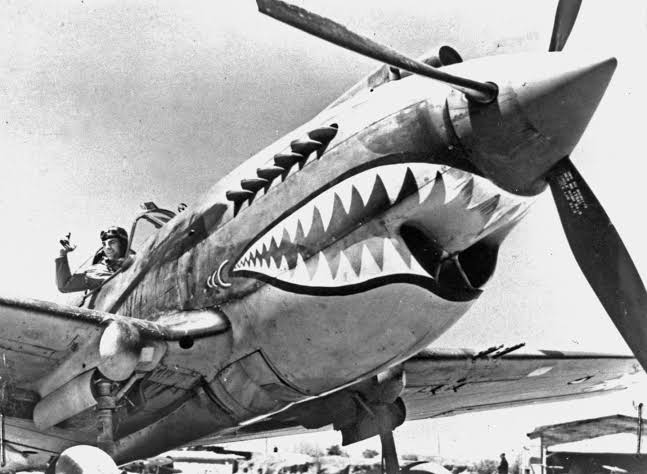
The ability of this aircraft is evident from the single fact that it created 200 ace pilots from all across the world along with having 20 of the Double Aces. The last time the aircraft flew was for the Brazilian Air Force and was retired back in 1958.
Origins:-
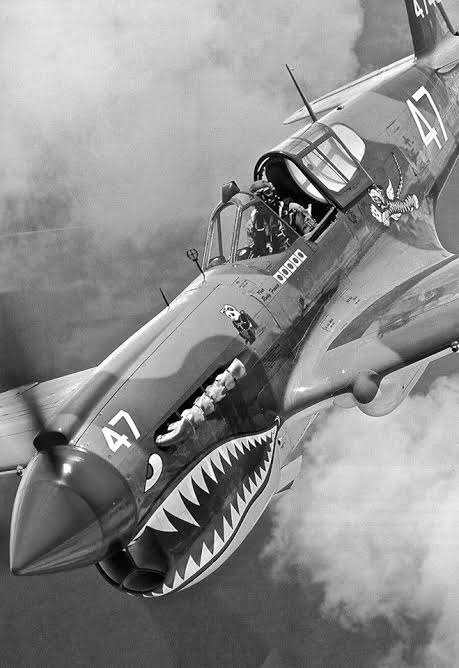
The first prototype of the Curtiss P-40 Warhawk was created back in 1938 ad it was flown by the test pilot of Curtiss Wright Corporation named Edward Elliot back on October 14th, 1938. The aircraft was then flown by the USAAC fighter pilot named Benjamin S Kelsey but he was disappointed due to the aircraft being 100 mph slower than the requested speed limit. Many modifications and redesigning were conducted by the company’s engineers as well as the NACA to allow the aircraft to reach the desired speed limit of USAAC.
The aircraft went on to be a far better fighter than any at that time. One of its aces named Clive Caldwell who claimed about 22 of his total 28.5 kills in the Curtiss P-40 Warhawk said that the aircraft had almost no vices to it. This aircraft was liked by all of its pilots due to the fastest dive speed coupled with its superior high-speed handling as compared to other fighters of its era.
Operators:-
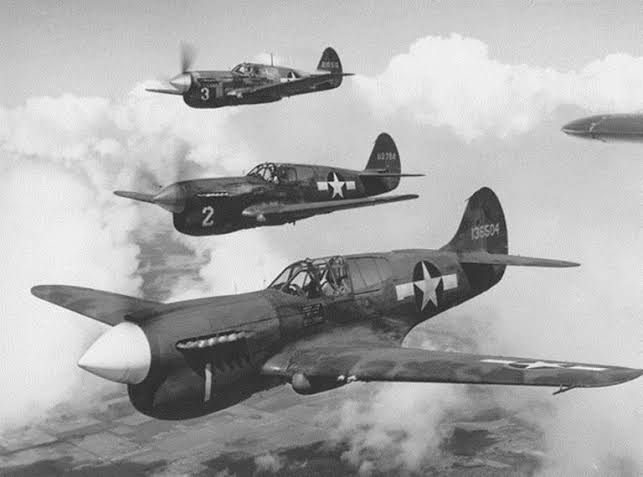
The aircraft as mass-produced from 1939 to the year 1944 and during that time, the aircraft was procured by numerous world militaries. Notable names of the Curtiss P-40 Warhawk’s operators are Australia, Brazil, Canada, China, France, Indonesia, Netherlands, Poland, South Africa, Soviet Union, Finland, Netherlands, USA, and the UK.
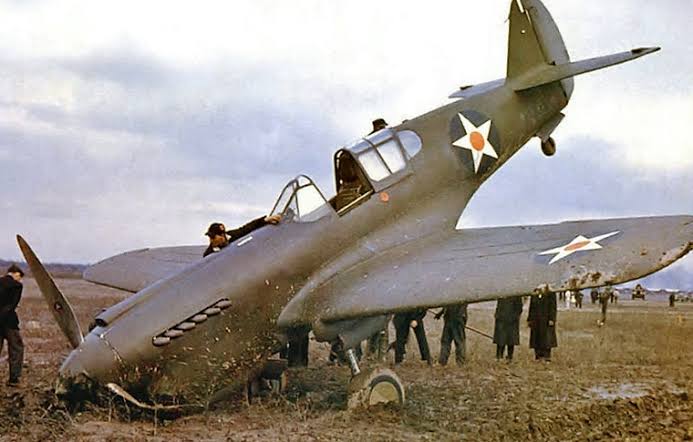
Some of these Curtiss P-40 Warhawks fell in hands of the Japanese Imperial Air Force and they redesigned them to serve as their own.
Armaments:-
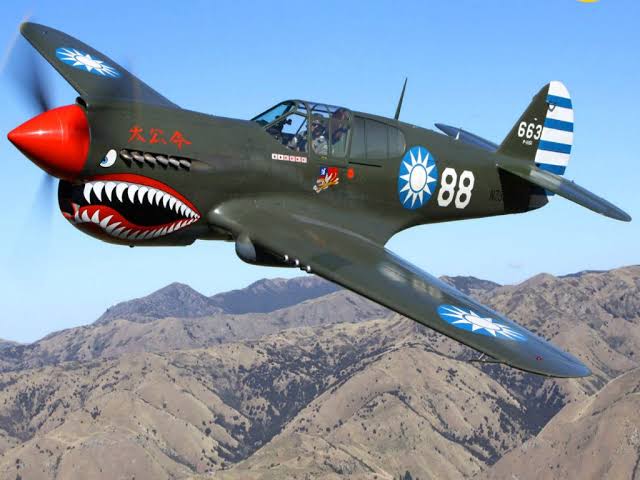
The aircraft was not on overall exceptional aircraft when it came to speed and handling, armed with proper armaments; it was turned into a deadly machine. The aircraft had a standard armament fitting of 6 Browning M2 machine guns of 0.50-caliber or 6 of the simple machine guns of 0.303-caliber. Both these machine guns could be equipped with either 200 or 235 rounds for each gun. These guns were mounted in the wings or nose section of the Curtiss P-40 Warhawk.
After a short time of entering the service, the future units of the Curtiss P-40 Warhawk were redesigned to have 3 hardpoints to allow it to carry bombs for increasing the workload of this warhorse. This allowed for the Curtiss P-40 Warhawk to have an ability to carry about 2000 lbs of ordnance externally. 2 of these 3 hardpoints were located under the wings while the 3rd one was located under the fuselage.
Powerplant:-
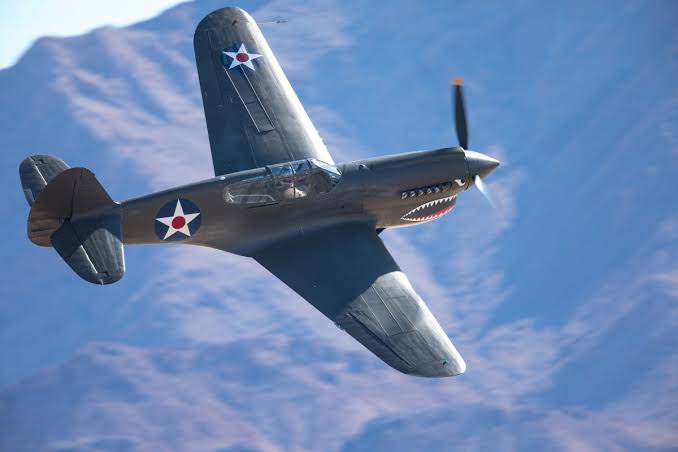
A single Curtiss P-40 Warhawk was powered by the Allison V-1710-81 in-line liquid-cooled piston engine that created about 1360 HP for driving the aircraft’s 3-blade propeller fitted at its nose. The aircraft could muster a top speed of approximately 378 mph for a maximum range of 240 miles. As for the service ceiling, the Curtiss P-40 Warhawk could fly at 38156 feet, which it achieved through a climbing rate of 2142 ft/minute.
Redesigned as Tomahawk in Britain:-
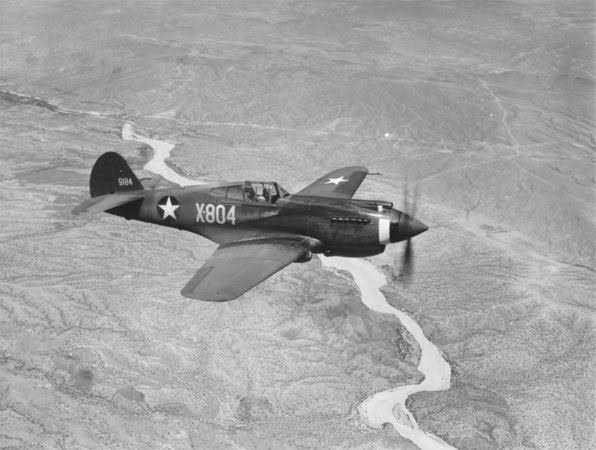
Near the outbreak of World War II, French Air Force had placed the order for the Curtiss P-40 Warhawk but following the Fall of France, the delivery was made to Britain which renamed it as Tomahawk. These Tomahawks were then reproduced to create variants such as Tomahawk I, Tomahawk IIA, and the Tomahawk IIB.
Variant named Kittyhawk:-
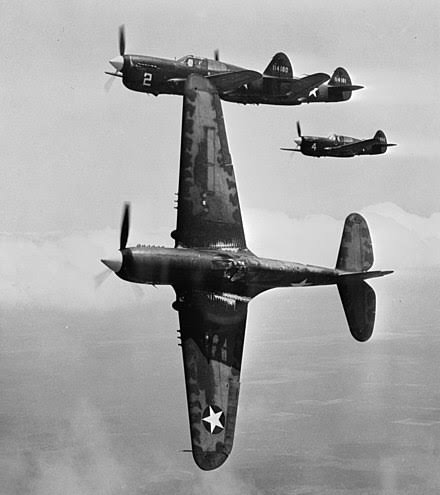
Further improvements made on the initial design of Curtiss P-40 Warhawk led to the D model which had improved speed as well as the ability to house 6 machine guns of 12.7 mm along with the ability to carry bombs in undercarriage bomb rack. This rack could support up to 500 lbs of bombing payload. They were also ordered by the RAF which renamed it as Kittyhawk.
Nickname earned through Combat Service:-
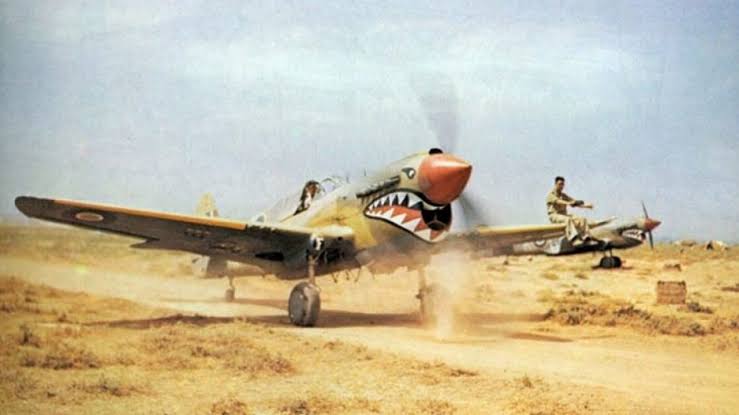
The most notable service carried out by the Curtiss P-40 Warhawk was for the AVG (American Volunteer Group) based in China which fought against the Imperial Army of Japan. There these Curtiss P-40 Warhawks earned the nickname of “The Flying Tigers”.
Total number manufactured and unit cost:-
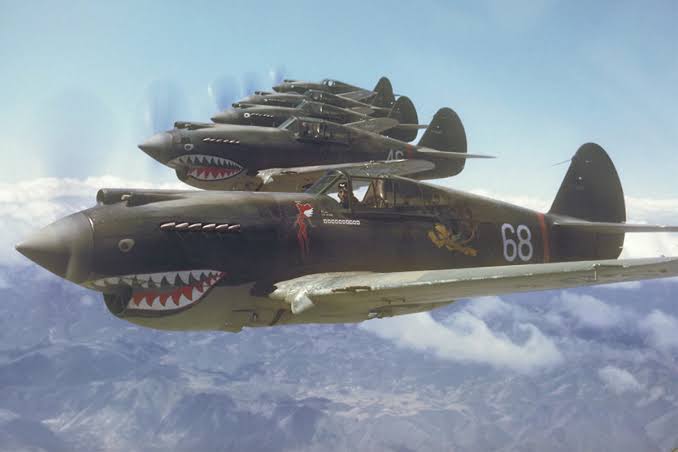
The aircraft holds the title for being the third most mass-produced ground attack fighter in the entire World War II era other than the P-47 and the P-51. The mass production ceased back in November of 1944 and it marked the end of production with a total of 13738 of these Curtiss P-40 Warhawks being created.
The unit cost for a single Curtiss P-40 Warhawk during 1944 was about 44892 dollars.
Retirement:-
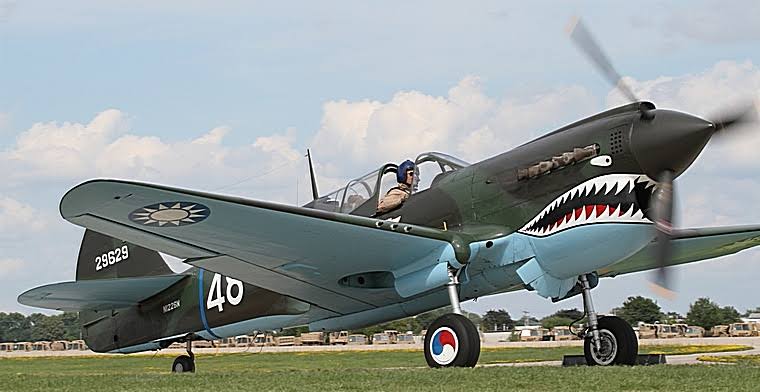
The aircraft was retired officially by its last operator the Brazilian Air Force back in 1958 and to this day only 28 of these World War II-era fighters remain in flyable conditions.
Related Content

